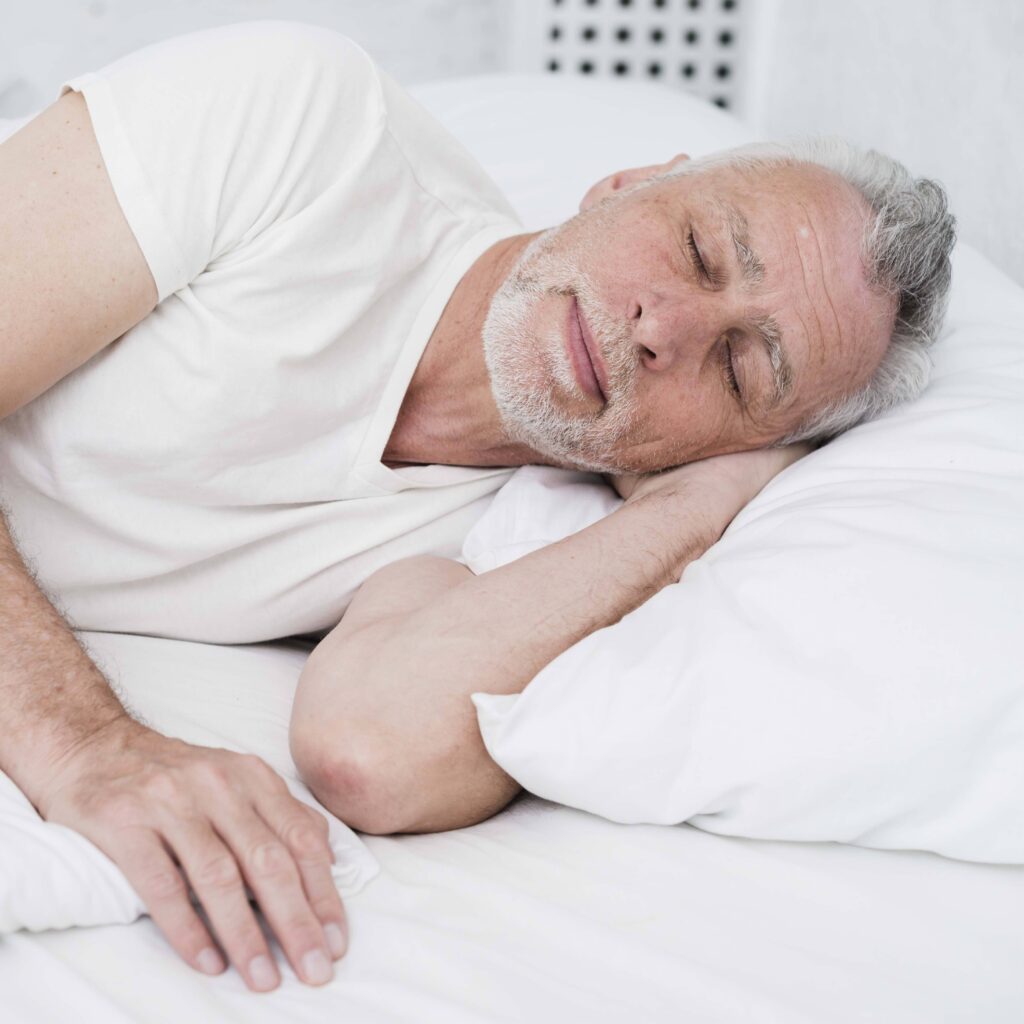Sleep Talk Blog, Health & Wellbeing
Bedroom Temperature and Light Settings For Better Sleep
Bedroom Temperature
It's no secret that your bedroom is critical in helping you sleep, but it can also inhibit sleep with the wrong configuration.
Temperature and light settings are the most common things people get wrong, and changing these can help you sleep better.
We aren't saying that you won't nod off in a fussy bedroom, but it's easier to sleep when your bedroom's comfortable.
Your bedroom is meant to be a relaxing space that helps you wind down, providing a temperate environment that makes it easy to get comfortable so that you sleep like a baby when your head hits the pillow.
This article explores the best temperature and light settings for optimal sleep.
Let's jump in!
Temperature and Sleep
A bedroom that is too cold will have you shivering, and a bedroom that is too hot will have you tossing and turning all night.
In any case, wild extremes are terrible for sleep, but even small changes in Celsius can give you an uncomfortable sensation.
A Sleep Foundation poll found that people sleep best when the bedroom thermostat is set to 18.3 degrees Celsius (65 degrees Fahrenheit).
However, if you are a hot sleeper, 18.3 degrees Celsius might be too much, so a temperature of 17.3 degrees Celsius is optimal.
The medical consensus is that a temperature range between 15.6 to 19.4 degrees Celsius (60 to 67 degrees Fahrenheit) is optimal for sleep.
How to increase the temperature
- Get a smart thermostat and a smart radiator valve for your bedroom and control the radiator's temperature before bed.
- Get a plug-in PTC heater to increase your bedroom temperature by 2-3 degrees Celsius for less than 50p per week.
- Get an electric radiator (2.5kW will quickly heat a 200-square-foot bedroom) and set it on a thermostat to maintain an optimal temperature.
How to lower the temperature
- Get an unvented, mobile air cooler that blows warm over cool ice to drop the temperature by 2-3 degrees Celsius (note – this increases humidity).
- Get a vented portable air conditioner to drop the temperature by 5-10 degrees Celsius (note – this decreases humidity).
- If your bedroom is warmer than the landing, use a fan to push out warm air and close the door when the temperature equalises.
Light settings and sleep

Flicking off a bright light before bedtime won't favor your sleep.
Additionally, having enough light to see your way around but not enough to read comfortably can give you a wicked headache.
A recent study also shows that light exposure during sleep impairs cardiometabolic function, increasing night-time heart rate, decreasing heart rate variability, and increasing insulin levels in the morning (simply put, it makes you feel poorly).
So, what are the best light settings for sleep?
Firstly, you should switch to red/amber main lighting an hour before bedtime. Red light doesn't inhibit melatonin production like blue light, and it is much easier on the eyes, letting you read a book without eyestrain.
You can get a bedside lamp and install a red/amber bulb, or a battery-powered night light designed for kids will do the same job.
Next, you must curb your smartphone usage. Not only does blue and white light from electronic devices impact sleep, but smartphones can fuel anxiety and racing thoughts. It is better to read a book or meditate (check out these apps).
Finally, you need to eliminate exterior light to control light levels completely. The easiest way is with a blackout roller blind and blackout curtains, which, when used together, block out 99% of exterior light.
Summing up
Temperature and lighting play significant roles in sleep quality. Improving your sleep environment could work wonders if you are struggling to sleep.
If you have insomnia, taking vitamin B12 could also help. You can buy vitamin B12 capsules (Cyanocobalamin) over-the-counter from reputable vendors.
If you enjoyed this article, we have ten more sleep tips here.

